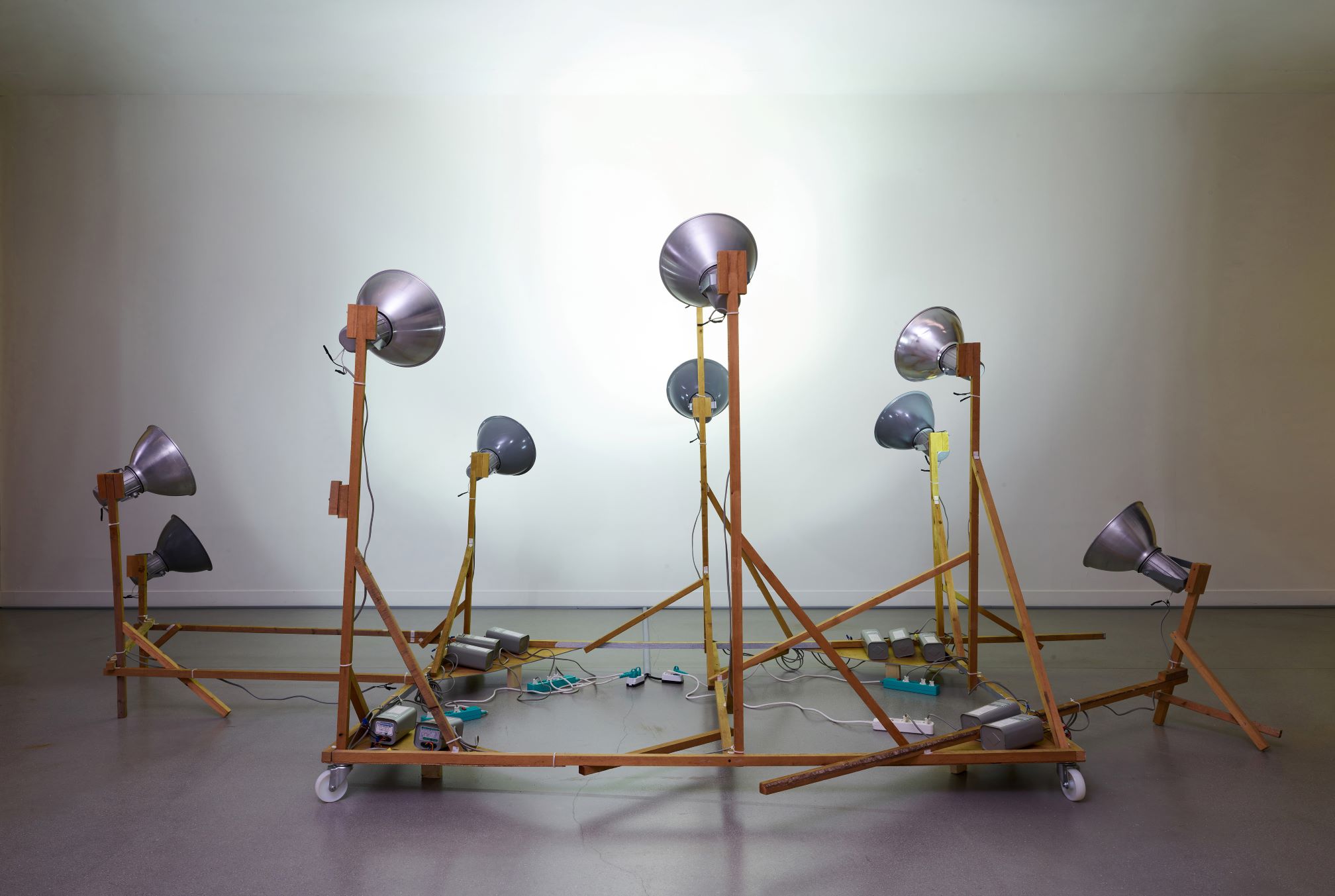
Bahc Yiso, Your Bright Future, 2002, Electric lamps, woods and wires, MMCA collection
Bahc Yiso
* Source: MMCA
Related
-
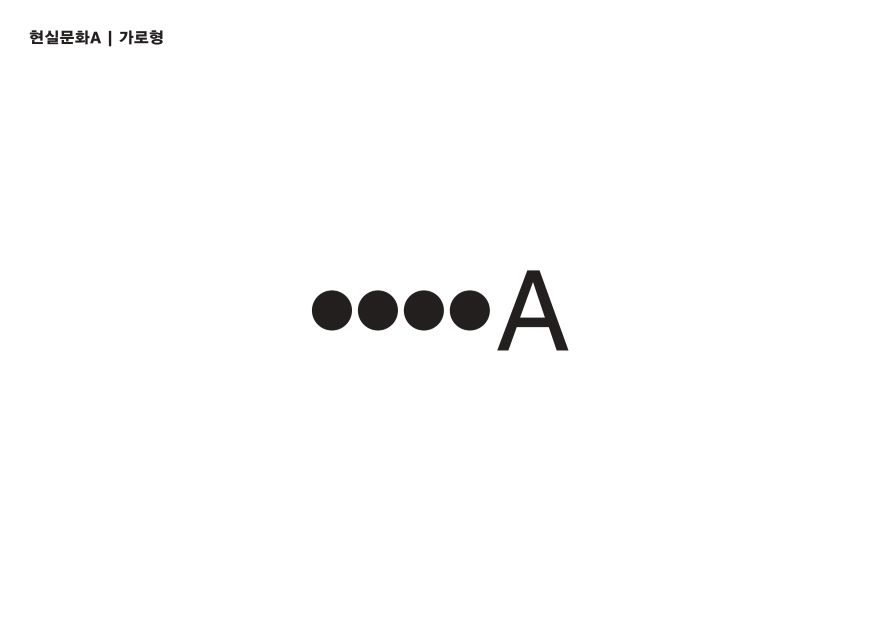
Hyunsil Publishing
Hyunsil Publishing was a publishing company founded in 1992 by an art community group interested in art and social movements. When the progressive art movement group, the Research Society for Art Criticism (Misul bipyung yeonguhoe) (1989-1993), became inactive in 1992, Kim Suki, Kim Jinsong, and Um Hyuk, who led the art movement together, created Hyeonsil Munhwa Yeongu. Instead of discussing abstract discourse or high culture, they focused on various phenomena in popular culture and daily life. A series of books published by Hyunsil contained the major discourses and issues of the cultural community in 1990s South Korea. Representative books include Apgujeong-dong Utopia Dystopia (1992) written by Yun Suknam, Kim Jinsong, Kim Suki, Eom Hyeok, Park Youngsook, and Cho Bongjin, Watching TV Close, Reading TV from Distance, The Myth, Desire, Image of Advertisement, Do as You Please, and New Generation Theory: Order and Chaos in 1993. In the 2000s, Hyeonsil Munhwa Yeongu has essentially become more of a publishing company specializing in culture than an art collective.
-
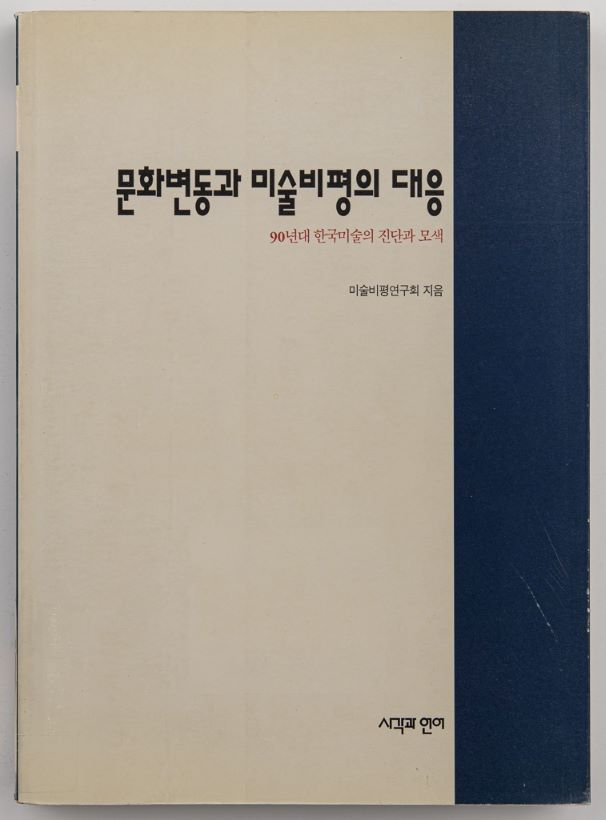
Research Society for Art Criticism
The Research Society for Art Criticism (Misul bipyung yeonguhoe) was founded by several critics interested in the field of progressive realism, such as Lee Youngwook, Shim Kwanghyun, and Lee Youngchul in 1989. The group aimed to develop the theoretical grounding for a new Korean nationalist art movement and methodology applicable to the rapidly changing social and cultural environment in Korea. They focused on Korean modern art, critical theory, cultural theory, and mass media theory. By providing theoretical support for Minjung art, the group played a significant role in the mainstream emergence of socially critical art in Korea. Major members of the society included Sung Wan-kyung, Lee Youngwook, Shim Kwanghyun, Lee Youngchul, Park Sinui, Eom Hyeok, Park Chan-kyong, Beck Jee-sook, Lee Youngjun, Kim Suki, Kim Jinsong, Kang Sungwon, Paik Han-ul, Oh Museok, Lee Yunam, Cho Bongjin, Choi Bum, Cho In-su, Gal Hong, Yang Hyunmi, Kim Yongcheol, and Lee Juyeong. The group was disbanded in July 1993.
-
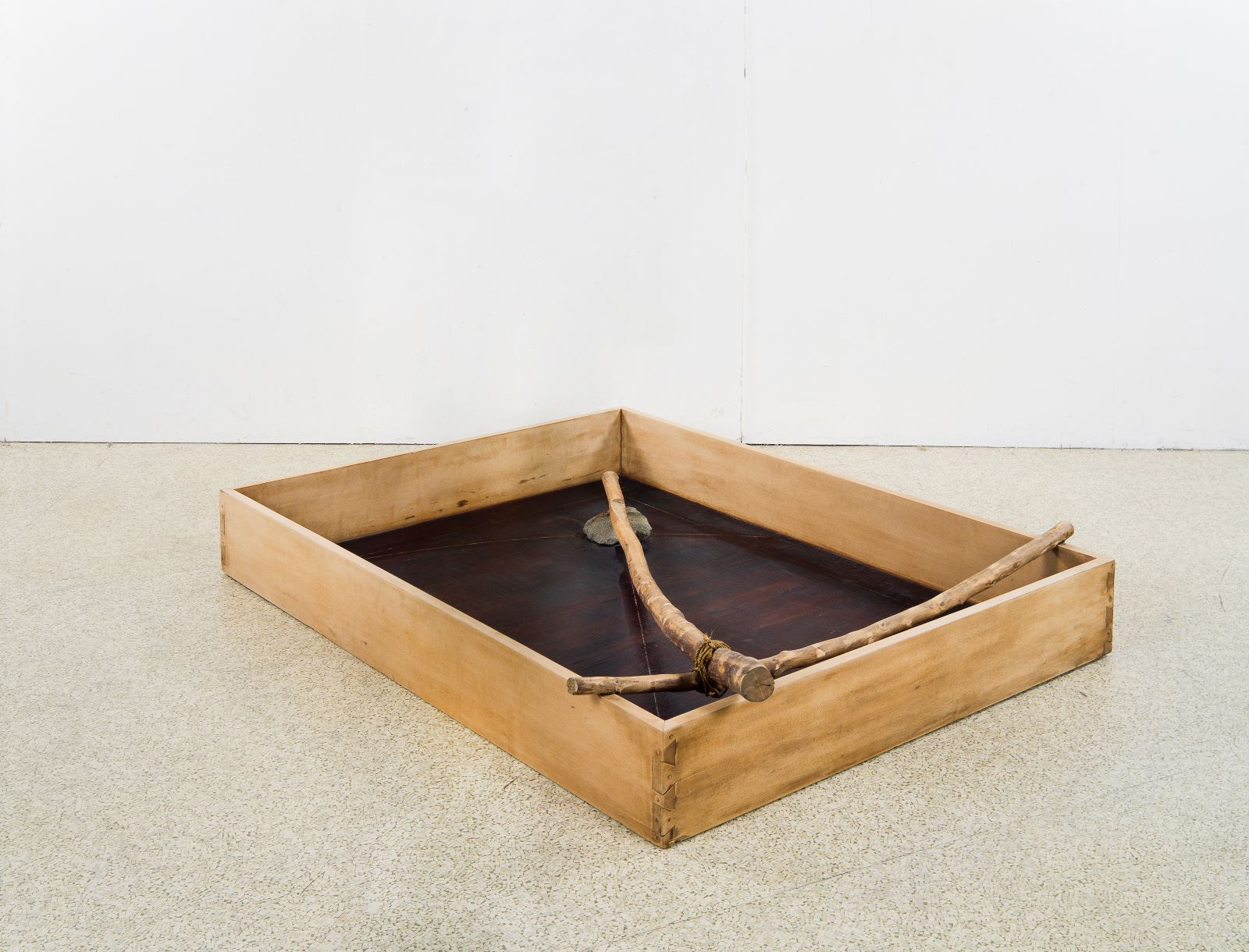
Conceptual Art
An artistic style and philosophical approach that originated in the United States and Europe in the 1960s. Conceptual artists valued the intangible ideas and processes of the art work as being at least of equal importance to the ultimate art product. In the West, this conceptual approach became critically prominent during the 1970s. In Korea, the term refers more broadly to the work of artists who have experimented with the subversion of sculptural and aesthetic norms. Such artists were active in the Korean Avant Garde Association (AG, established in 1969) and the Space and Time group (ST, established in 1971), creating a comprehensive movement of Korean conceptual artists whose work includes installations, performances, and outdoor work.
Find More
-
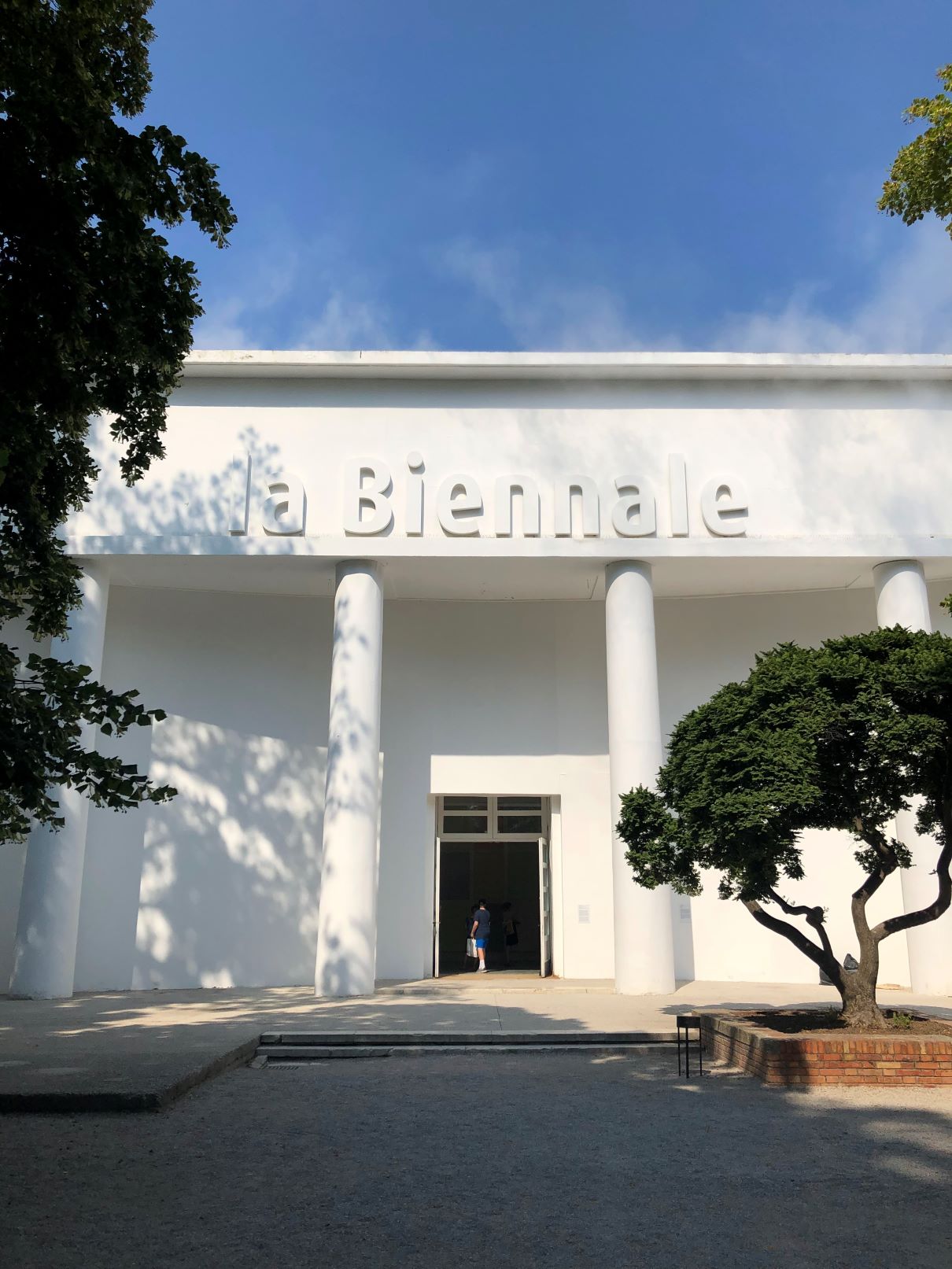
Venice Biennale
The Venice Biennale is an international art exhibition founded in 1895 in Venice, Italy. Its main exhibition, curated by a general director of the biennale, is held at the Arsenale, a former munitions factory, and national pavilions at Giardini Park host exhibitions curated by art directors of each participating country, making them compete against each other. South Korea first participated in the Venice Biennale in 1986 when Ko Younghoon and Ha Dongchul rented a section of the Italian Pavilion. In 1993, Paik Nam June won the Golden Lion award for his work submitted for the German Pavilion. In 1995, thanks to Paik Nam June’s efforts, the Korean Pavilion opened as the twenty-sixth national pavilion. Afterwards, Jheon Soocheon, Kang Ikjoong, and Lee Bul received a special prize at the international art exhibition of the biennale, respectively in 1995, 1997, and 1999. At the 2014 Venice Architecture Biennale, Cho Minsuk was awarded the Golden Lion for his exhibition Crow’s Eye View: The Korean Peninsula. At the art exhibition of the fifty-sixth Venice Biennale in 2015, Im Heungsoon won the Silver Lion for his documentary film Factory Complex. The Venice Biennale serves as a criterion that leads contemporary art or art market trends.
-
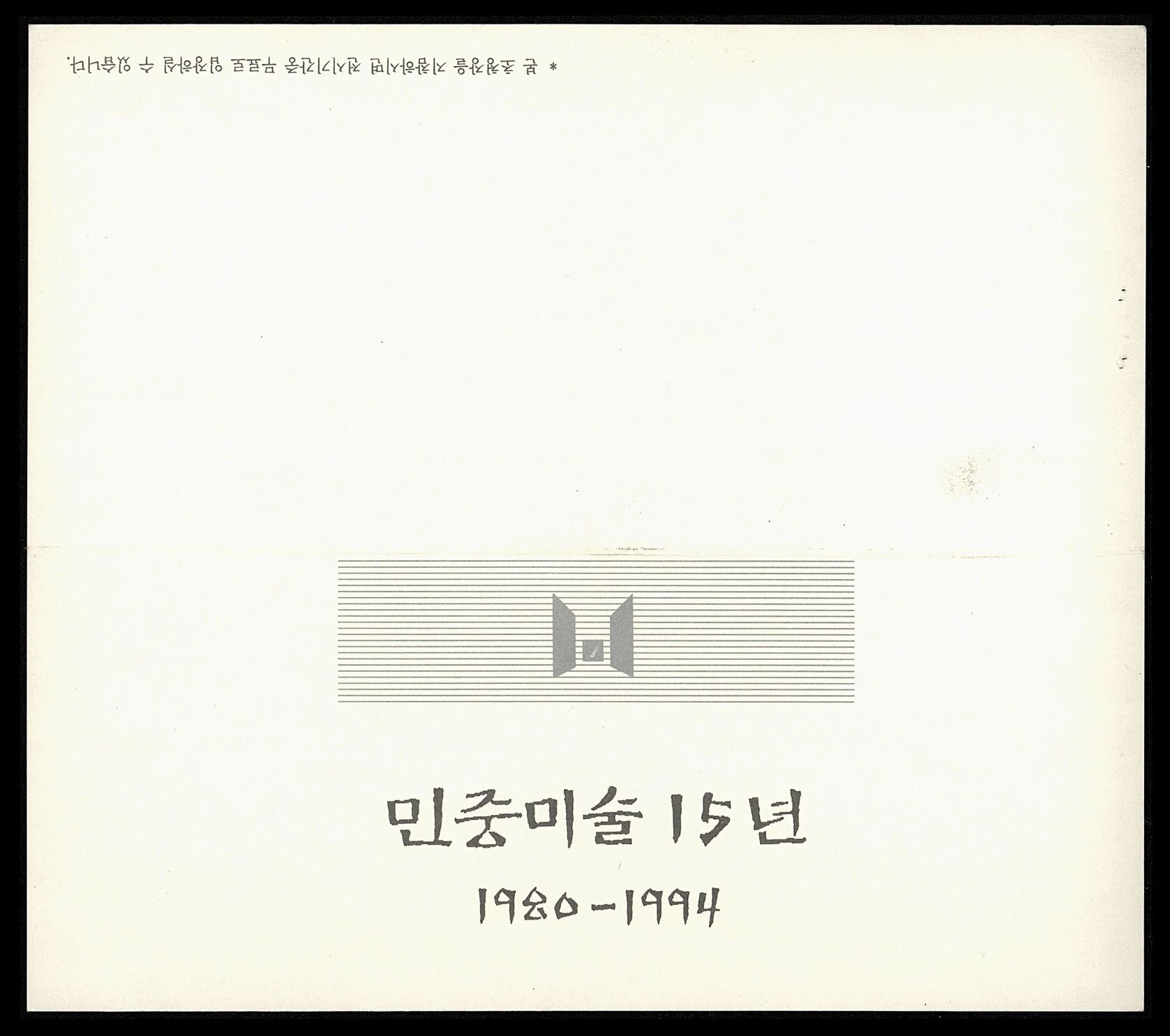
Minjung Art
An artistic movement that came to prominence alongside Korea’s democratization movement in the 1980s. Minjung artists often sought to critically portray the violent repression and corruption of the military dictatorship, to represent the experiences of laborers and farmers, and to achieve social change through art. In contrast to abstraction, which constituted the mainstream of 1970s art in Korea, Minjung Art is notable for the use of representational and figurative forms. One possible point of origin for Minjung Art is Oh Yoon’s work in the Reality Group (Hyeonsil dongin). The group was formed in 1969 by Kim Ji-ha, Oh Yoon, and Lim Se-taek. A variety of Minjung art groups were established, including the Reality and Utterance (Hyunsilgwa bareon) in 1979 by Kim Jungheun, Oh Yoon, Joo Jae-hwan, art critic Sung Wan-kyung, and Choi Min, the Gwangju Freedom Artist Association (Gwangju jayu misulin hyeopuihoe) in 1979 by Hong Sungdam and Choi Youl, the Imsulnyeon (The Year Imsul) in 1982, and the Dureong in 1983. These groups all commonly critiqued Western capitalism. In terms of form, Minjung artists adopted traditional and ethnic folk modes of expression using diverse media such as collage, printmaking, oil painting, and photography. Following the 15 Years of Korean Minjoong Arts: 1980-1994 Exhibition at the National Museum of Modern and Contemporary Art, Minjung Art became an accepted part of Korean art history. Overseas, Minjung Art has also become a recognized term that describes this genre and its unique focus on the political and social history of Korea.
-
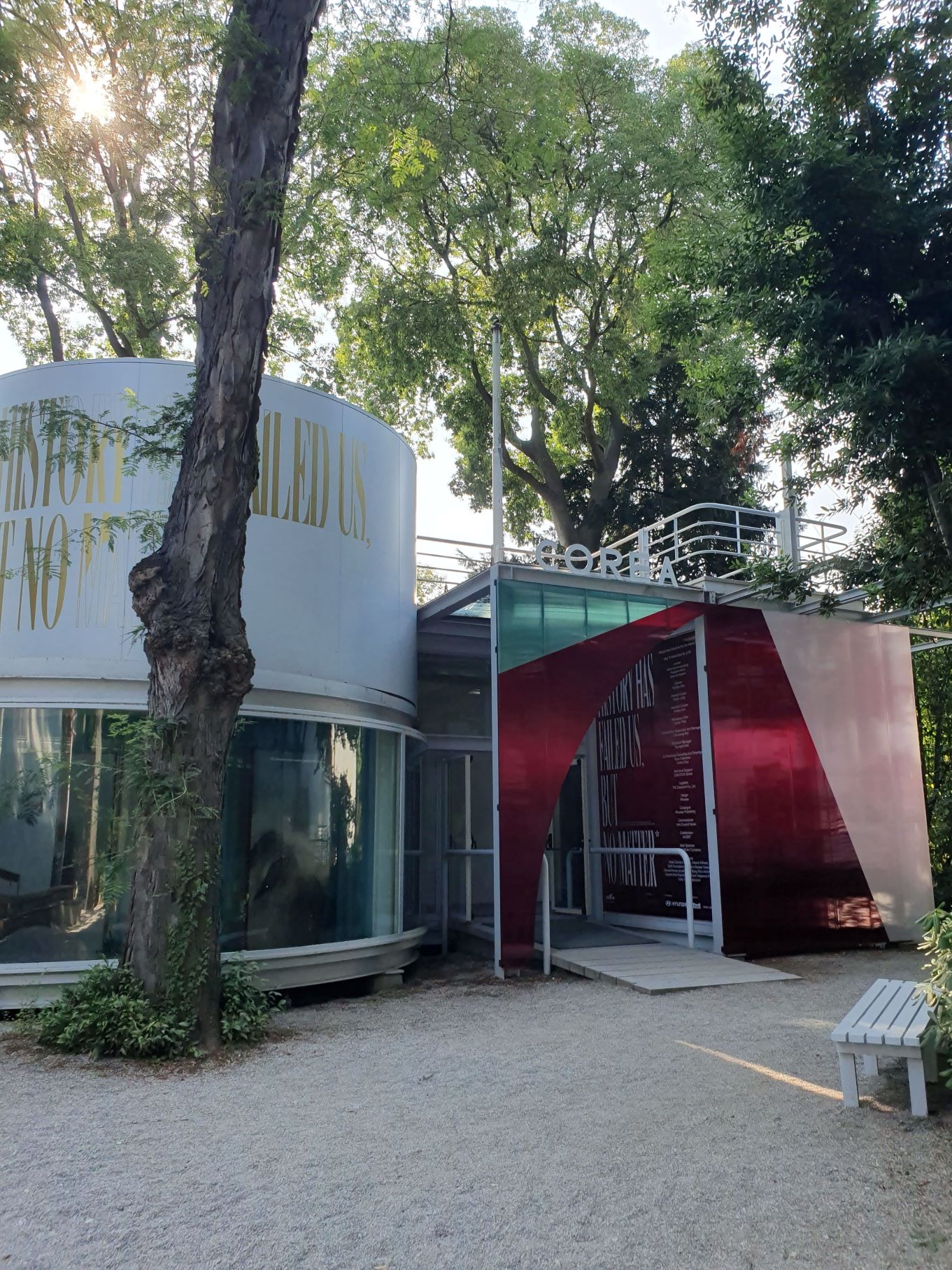
Venice Biennale Korean Pavilion
The Venice Biennale is an international art festival that began in 1895, and the Korean Pavilion opened in 1995 as the 26th national pavilion. The establishment of the Korean Pavilion was the result of government-level support, corporate donations, and the activism of artists after Paik Nam June’s work was exhibited in the German Pavilion and won the Golden Lion Award. The Pavilion was allocated space in Castello between the German and Japanese Pavilions. It was built primarily of glass and metal and based on the design of architect Kim Seokchul.






